You have /5 articles left.
Sign up for a free account or log in.

College leaders have a lot on their mind as they navigate the COVID-19 pandemic and coming years of uncertainty.
istock.com/eakrin rasadonyindee
The presidents, chancellors, board members and other administrators who lead colleges and universities have been scrambling for months amid the coronavirus pandemic.
They scrambled to send students home and move classes online in the spring. Many scrambled for plans to resume in-person undergraduate instruction come fall. Now a significant number are once again scrambling to contain outbreaks, send students home or move classes online as COVID-19 counts on campus spike just days or weeks after the start of classes.
It’s too early to grade leaders on the results of all that scrambling. It won’t be possible to say for sure if anyone pulled off a successful in-person fall until the semester is over and case counts are tallied. What can be definitively said is that leaders have been overwhelmingly focused on the short term.
College Leadership in an Era of Unpredictability
This article draws on reporting conducted for a new Inside Higher Ed report published today, “College Leadership in an Era of Unpredictability.”
The special report examines the conditions that led higher education to this moment, forces that leaders must contend with today and visions for higher education’s future. It includes an extensive discussion of the skills leaders at all levels -- from faculty members in informal positions of power to presidents and board members -- can develop to prepare themselves and their institutions for an unsettled future.
The report is available for purchase at this link. A free preview can be downloaded here.
That short-term focus can say something about leadership styles, successes and failures. It also comes at a moment of changing conditions that means it’s time to rethink higher education’s long-term prospects.
Time will tell whether a chaotic fall shakes families’ conviction that the path to a better life winds through college campuses. But conditions already dictate that the pandemic has exacerbated financial pressures, looming student demographic changes and budding technological capabilities that will reshape the American higher education landscape.
“If there is any leader in the country who thinks it is going to go back to where it was a year ago, they are lying to themselves,” said Terri E. Givens, chief executive officer of the Center for Higher Education Leadership and former provost at Menlo College (and an opinion contributor to Inside Higher Ed). “But what this will look like is going to be hugely dependent on resources. Right now, everything is in emergency mode.”
Even so, leaders cannot ignore long-term thinking for the time being, according to leadership experts.
Leadership is situational, with each stage of this crisis requiring different skills, said Larry Ladd, a senior consultant at the Association of Governing Boards of Universities and Colleges. Presidents who were put in place to make incremental changes in a relatively stable environment can no longer count on the same set of skills to carry them through the coming months and years.
Logistical skills are suddenly more important, for example. A college president might need to understand how a delay in receiving one piece of equipment -- a machine that processes COVID-19 tests -- can affect an entire campus reopening plan.
“Then there is the need for leadership for 2021 and beyond, which is an entirely different kind of leadership than the leadership they were hired for,” Ladd said. “Now they have to show imaginative strategies.”
Inside Higher Ed recently interviewed dozens of college and university presidents at different institutions across the country to determine what leadership skills they are building in preparation for the coming years. Their responses formed the foundation of a new special report being released today, "College Leadership in an Era of Unpredictability." That report also includes an overview of larger trends that were shaping higher education’s future before the pandemic, as well as the challenges it will have to overcome. It is intended for current and rising leaders at colleges and universities, whether they hold a formal title like president or are informal leaders in faculty or administrative positions.
Leaders provided a wealth of insight that had to be left on the cutting room floor when that document was being assembled. What follows are some of the best quotes and ideas they offered that couldn’t be packed into the special report.
Change
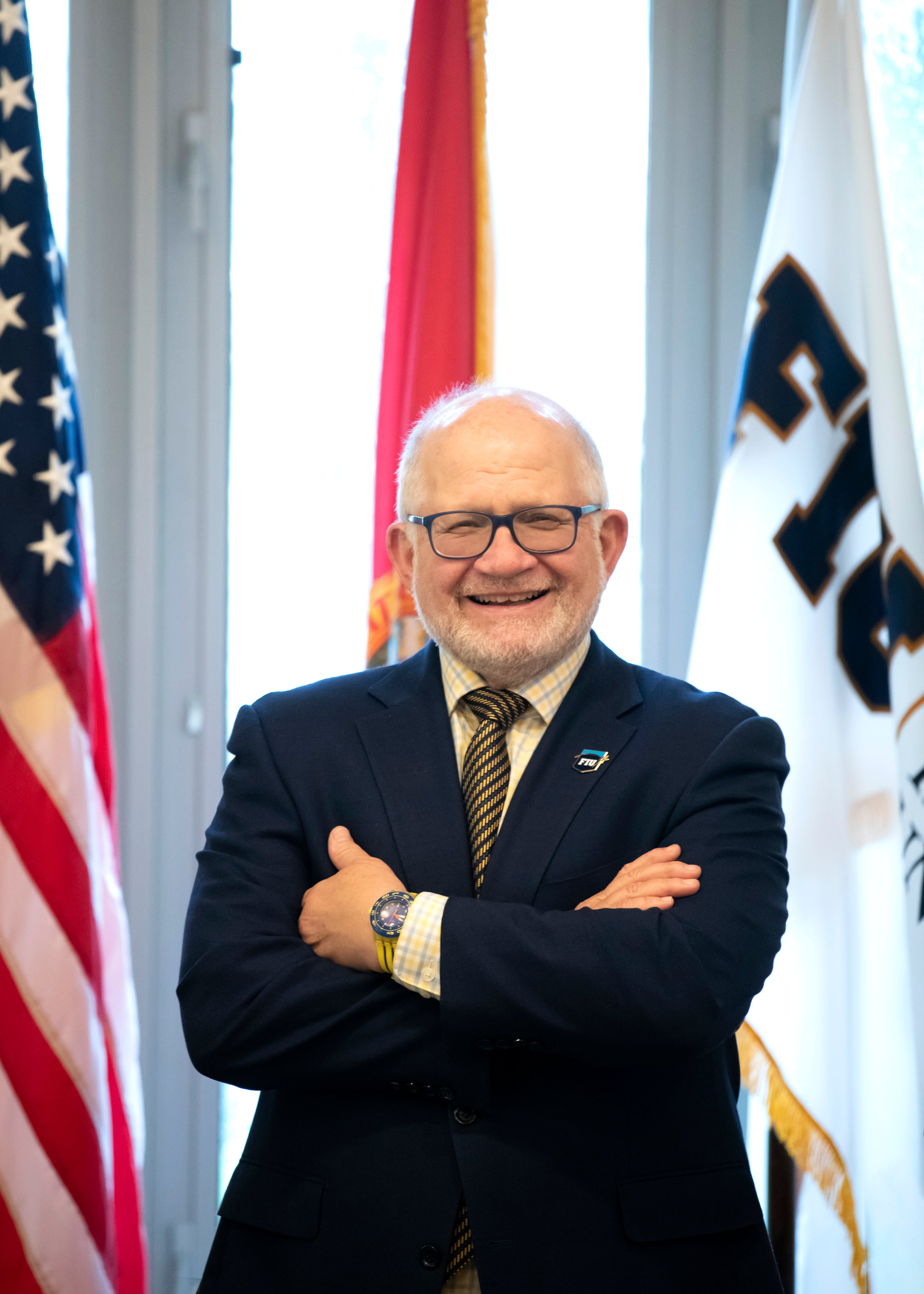 There is no going back to pre-COVID days for the higher education sector, most leaders and experts agreed.
There is no going back to pre-COVID days for the higher education sector, most leaders and experts agreed.
“We confronted an apocalypse,” said Mark B. Rosenberg, president of Florida International University in Miami. “Almost anyone in the service industry has. If you can’t have face-to-face, how are you going to do this? If you can’t have the relationship, how are you going to do this?”
Just how much long-term change is in store has yet to be determined. Will this be the moment when traditional brick-and-mortar campuses adopt online classes for traditional-age students in greater numbers? Will it be the moment when some of the institutions with the weakest brands and worst financial positions are weeded out of a consolidating sector? Or will it be a moment that hurts the weakest institutions without killing them while greatly strengthening those that were already in prominent positions?
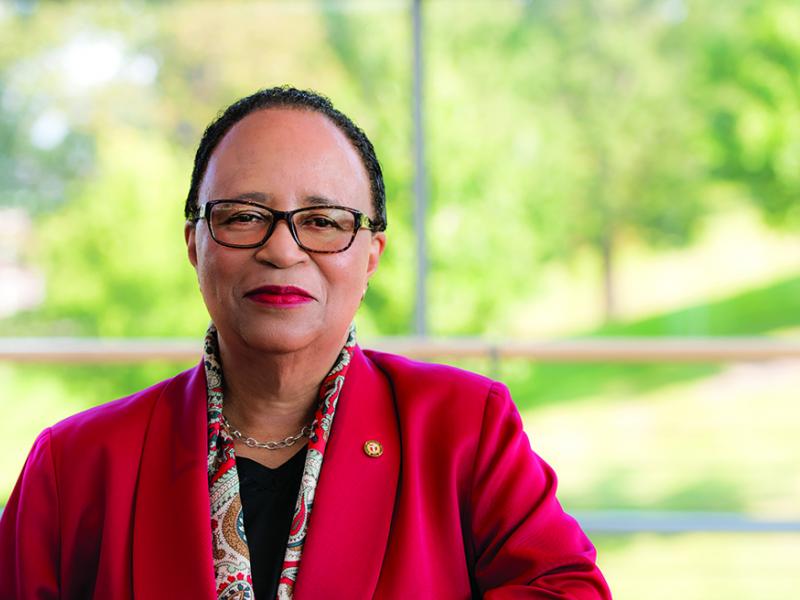 Those and other scenarios are on the table. As such, it’s important to plan, think through different factors and make decisions with the best information available, leaders say.
Those and other scenarios are on the table. As such, it’s important to plan, think through different factors and make decisions with the best information available, leaders say.
“You have to have contingencies,” said Shirley Ann Jackson, president of Rensselaer Polytechnic Institute, in Troy, N.Y. “Think through some what-if scenarios so that you can pivot.”
Figure Out What You Can Control -- and What You Can’t
The pandemic has in some cases crushed college leaders’ rhetoric under the weight of reality.
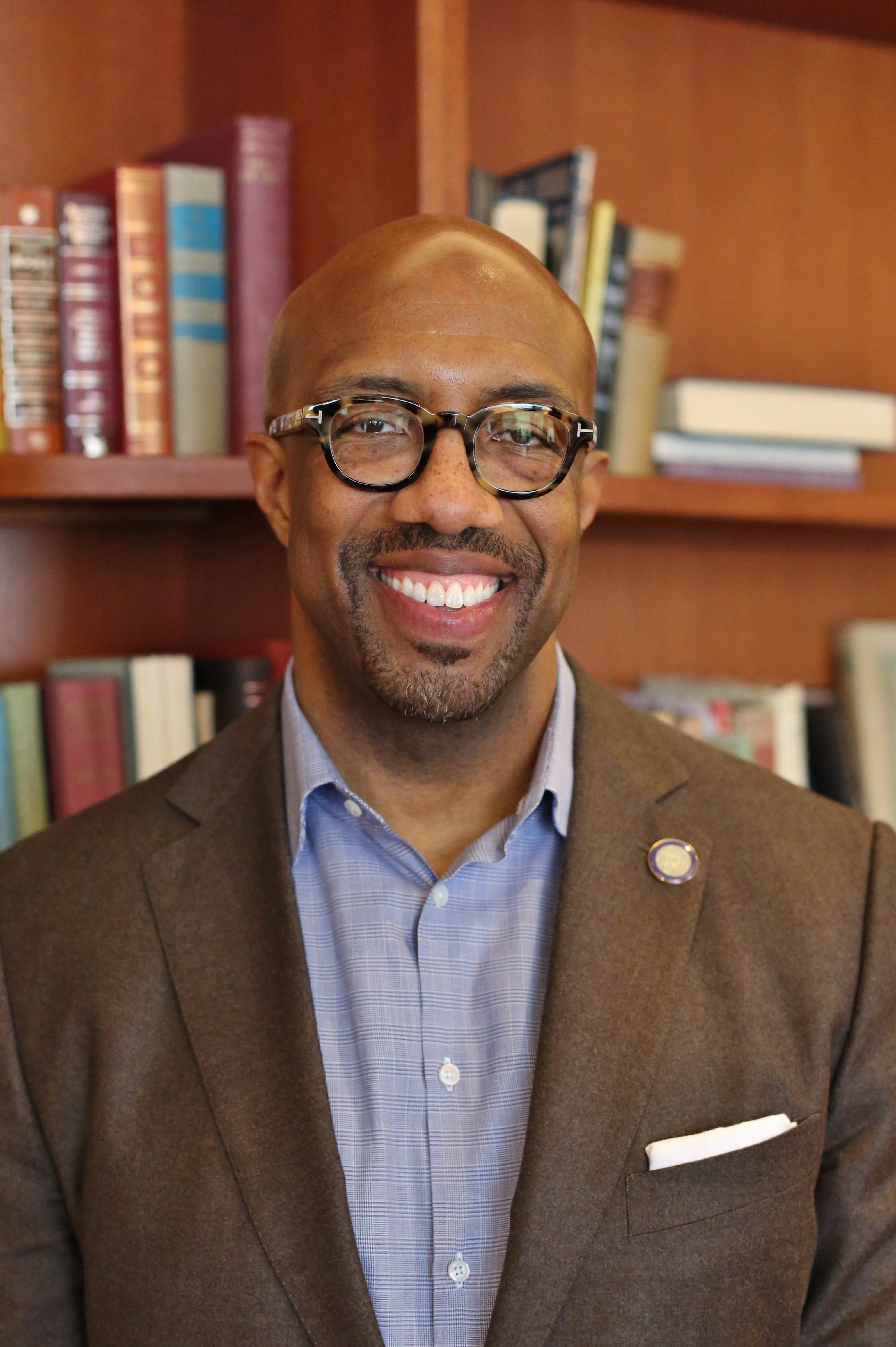 “Here we are, watching many, many schools recant their positions of what they’re going to do in the fall,” said Michael J. Sorrell, president of Paul Quinn College. “They spent the summer telling people how inadequate online learning was and how they are going to come back to school and all of this, when the reality of it is none of us have any way of defeating the science of this virus.”
“Here we are, watching many, many schools recant their positions of what they’re going to do in the fall,” said Michael J. Sorrell, president of Paul Quinn College. “They spent the summer telling people how inadequate online learning was and how they are going to come back to school and all of this, when the reality of it is none of us have any way of defeating the science of this virus.”
The virus is what it is, Sorrell said. He said the science is clear that the coronavirus thrives on close, intimate quarters and personal contact -- the foundations upon which residential colleges are built.
“There may be parts of the science that aren’t clear,” Sorrell said. “But the part you needed to rely upon to make a good decision was very clear.”
Time will tell if any colleges are able to bundle enough mitigation strategies to hold in-person semesters without eventually courting dangerous spread of the virus. Many college leaders maintain that it’s possible, while others believe institutions have bought into magical thinking in order to avoid making hard decisions -- betraying students’ trust in the process.
Regardless, hard decisions still loom after the virus departs. It’s important leaders learn their limits and learn from their mistakes, they said.
Some leaders pointed to the words of crisis expert Larry Barton: What did you know? When did you know it? What did you do about it?
And how can you make sure it doesn’t happen again?
The Importance of Leadership
It might seem self-evident, but another theme that emerged is just how important leadership is at this moment in time. Change is difficult, president after president said.
“I don’t want you to underestimate just how hard this is going to be,” Sorrell said. “You’re asking people to do something different.”
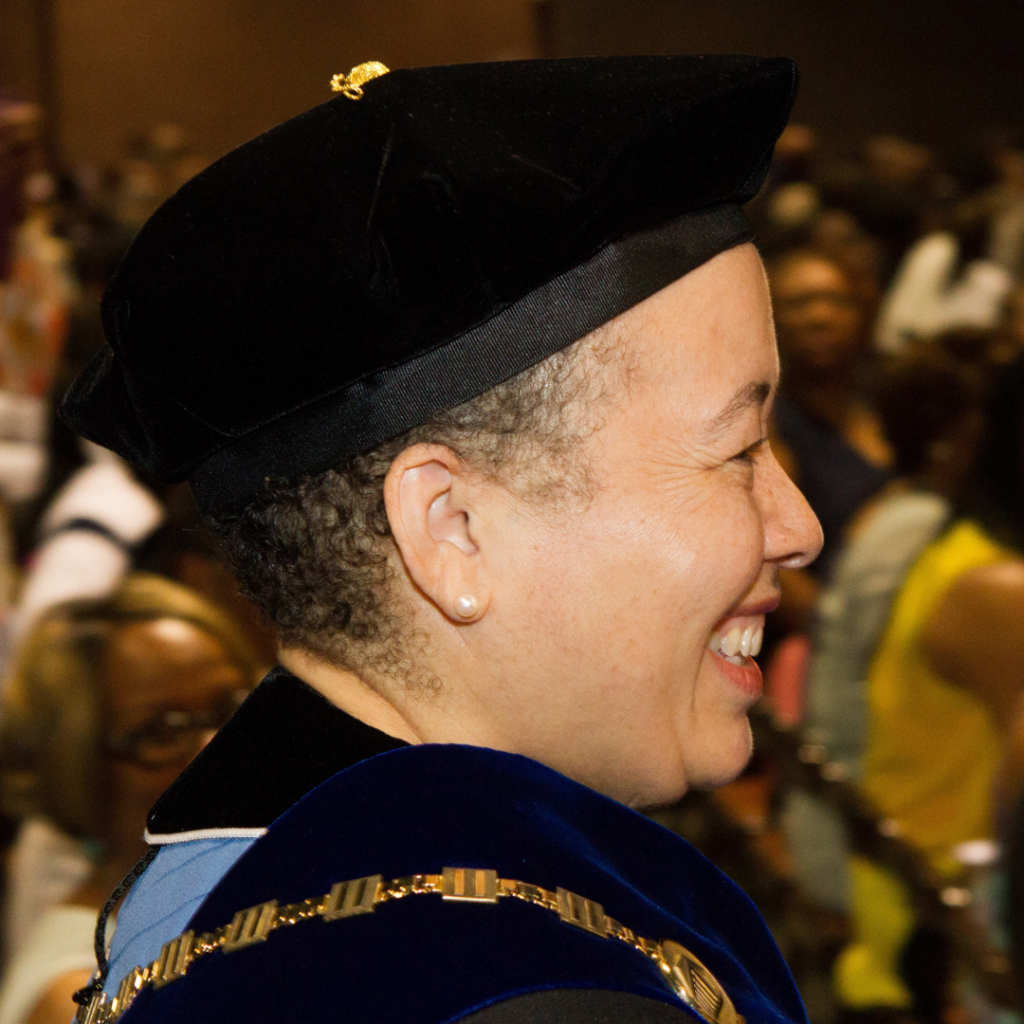 Good leadership won’t guarantee an institution’s success. But experts generally agree good leadership boosts its chances, while poor leadership does the reverse.
Good leadership won’t guarantee an institution’s success. But experts generally agree good leadership boosts its chances, while poor leadership does the reverse.
“Leadership matters,” said Beverly Daniel Tatum, former president of Spelman College. “We know that leadership matters. And whatever the situation is, it will be worse if the leadership is ineffective.”
Partnerships
What specific long-term steps leaders are considering for the coming years seem to vary greatly. Some are still generating ideas. Several, however, returned to the idea of increased partnerships between institutions, organizations and communities that could provide a financial boost for campuses while also better serving students.
Merger and acquisition activity in recent years has generally revolved around public institutions in the same state system or wealthy private universities acquiring smaller, poorer campuses. But other models could be possible.
Can private liberal arts colleges find a way to partner with community colleges? Small liberal arts institutions often have a community college in their backyards, pointed out Thom Chesney, president of Clarke University in Iowa and former president of Brookhaven College, which is part of the Dallas County Community College District, in Texas.
Faculty, brick-and-mortar and curricular demands might line up between the different types of institutions, according to Chesney. Community colleges sometimes have programs they could grow but for classroom space limits, while liberal arts colleges tend to have underutilized classroom space.
Partnering could lead to savings through consolidated central office functions. Institutions could learn from each other’s complementary core competencies. A community college might bring adult education, two-year degrees and flexible course delivery to the table. A liberal arts college might have physical assets, four-year degrees and the ability to teach critical thinking skills or to tap global networks. Together, they could offer stackable degrees while connecting local talent to new opportunities.
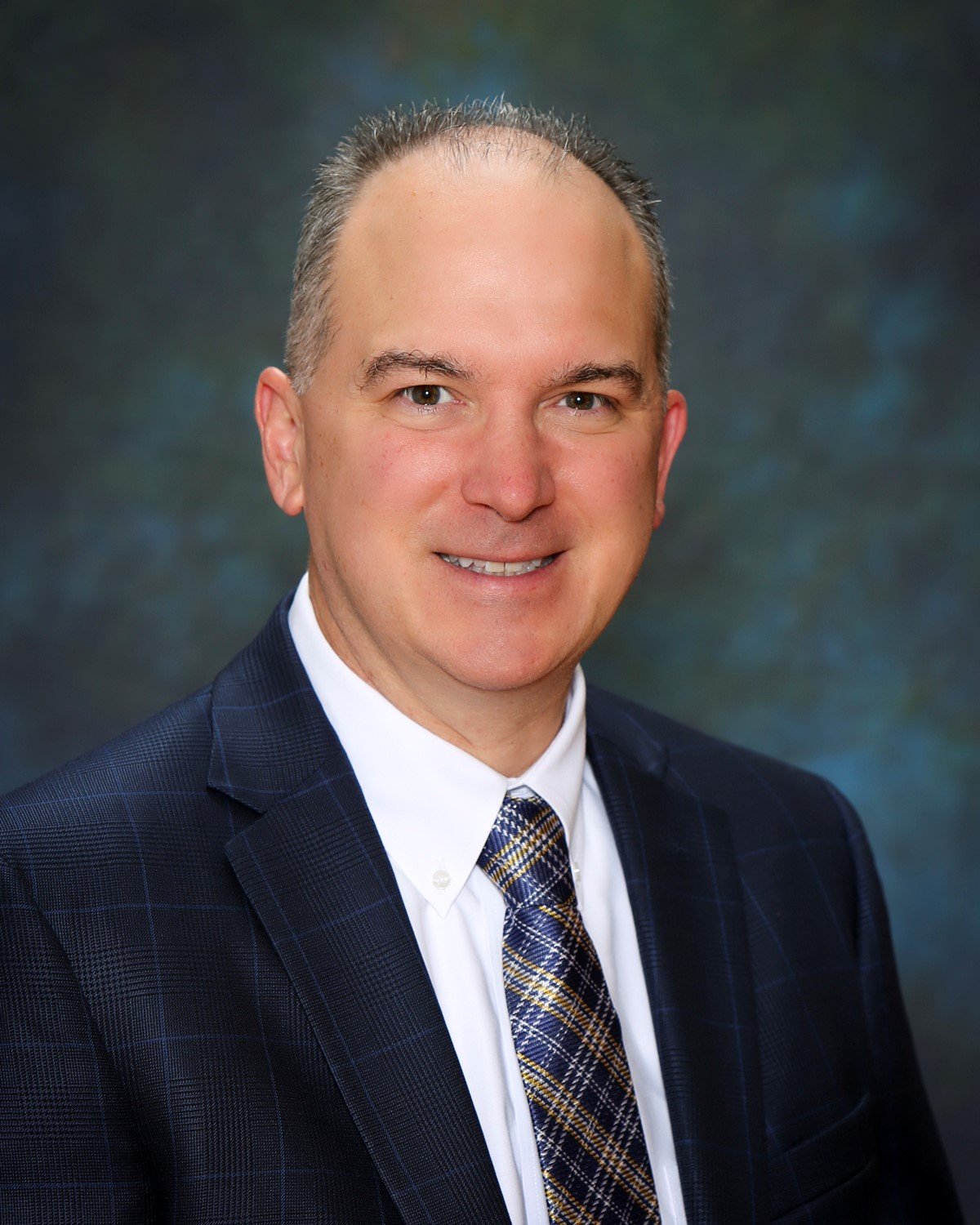 “I think we’re going to see a real opportunity for a different kind of partnership,” Chesney says. “Imagine a small liberal arts college and a local community college having not just a memorandum of understanding but a joint operations structure.”
“I think we’re going to see a real opportunity for a different kind of partnership,” Chesney says. “Imagine a small liberal arts college and a local community college having not just a memorandum of understanding but a joint operations structure.”
For a much simpler type of partnership, Rosenberg, president at FIU, talked about rush hour. The university started speaking with transportation officials in Miami-Dade County who needed to minimize congestion at rush hour, he said. Implications exist for who works when and who works remotely at what times. Some changes in scheduling at a large employer like a university can have major effects on the surrounding community.
Diversity
The police killing of George Floyd, an unarmed black man in Minneapolis, and ensuing protests were on leaders’ minds. They often returned to issues of access, equity, justice and racism.
Sometimes they talked about how their institutions interacted with larger society to contribute to or fight racism, or how the political process fed into it.
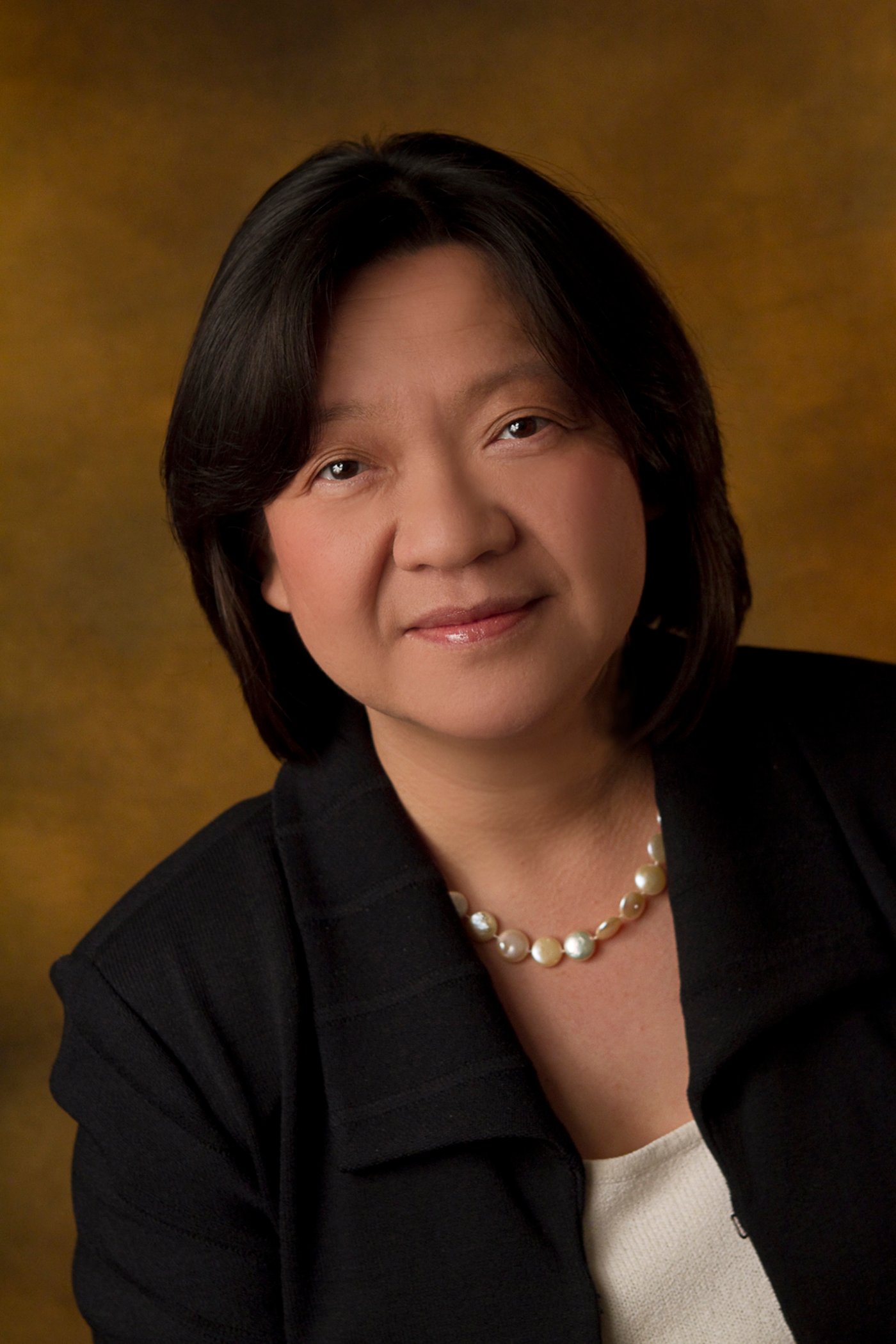 “In order for there to be structural depravation and structural racism, you have to go into the idea of what built that structure,” said Pam Eddinger, president of Bunker Hill Community College in Massachusetts. “That’s our policies. That’s our procedures. It’s years and years of redlining in real estate policy and health policies.”
“In order for there to be structural depravation and structural racism, you have to go into the idea of what built that structure,” said Pam Eddinger, president of Bunker Hill Community College in Massachusetts. “That’s our policies. That’s our procedures. It’s years and years of redlining in real estate policy and health policies.”
Other times leaders talked about how campuses and academe may want to look in the mirror. The tenure process was frequently mentioned.
For example, some faculty handbooks say faculty advancement should be based on superior intellectual attainment without defining exactly what that means, said Raymund Paredes, former commissioner of higher education in Texas. Superior intellectual attainment shouldn’t only mean articles published in exclusive academic journals, he said. Many other actions can be included that might help faculty diversity, such as advising a retention program that helps low-income students of color stay in college.
“People are starting to say we’ve got to do something dramatically different in looking at the tenure system,” Paredes said. “It’s fairly clear that we have got to look at the very structures and the very foundation of higher education to make sure they’re fairer.”
Service to the Community
Several of those interviewed attacked a model of college leadership that amounts to careerism -- constantly trying to grow an institution’s rankings and prestige, only to leave it for a job further up the food chain. Instead, they stressed leadership that’s focused on the communities that host an institution and the constituencies it serves.
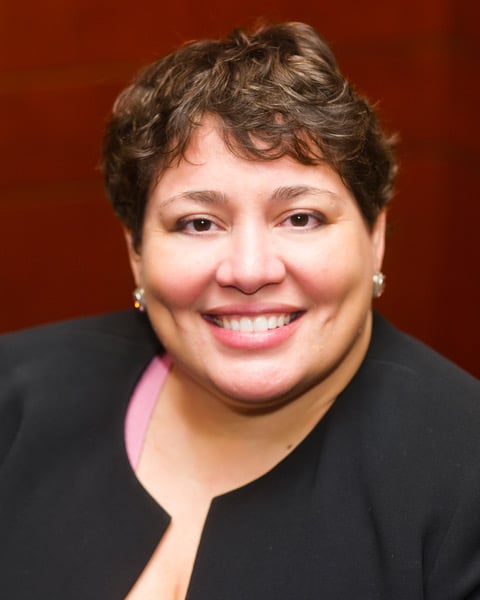 “Leadership has to reclaim the mission of service to a community,” said Deborah Santiago, co-founder and CEO of Excelencia in Education. “That will yield support from the community and others that is questionable right now.”
“Leadership has to reclaim the mission of service to a community,” said Deborah Santiago, co-founder and CEO of Excelencia in Education. “That will yield support from the community and others that is questionable right now.”
David Yarlott Jr., president of Little Big Horn College, a tribal community college on the Crow Indian reservation in Montana, talked about serving the broader community during the pandemic.
“We’ve been trying to provide cleaning supplies to the most needy, whether it’s the elders or individuals who have compromised health,” he said. “It doesn’t matter whether they are tribal members or not. If they are in this immediate area, they’re going through the same things everybody else is.”
Serving communities into the future was also top of mind. So too was serving students and putting them in a position to succeed after graduation in a world where future employment prospects are uncertain.
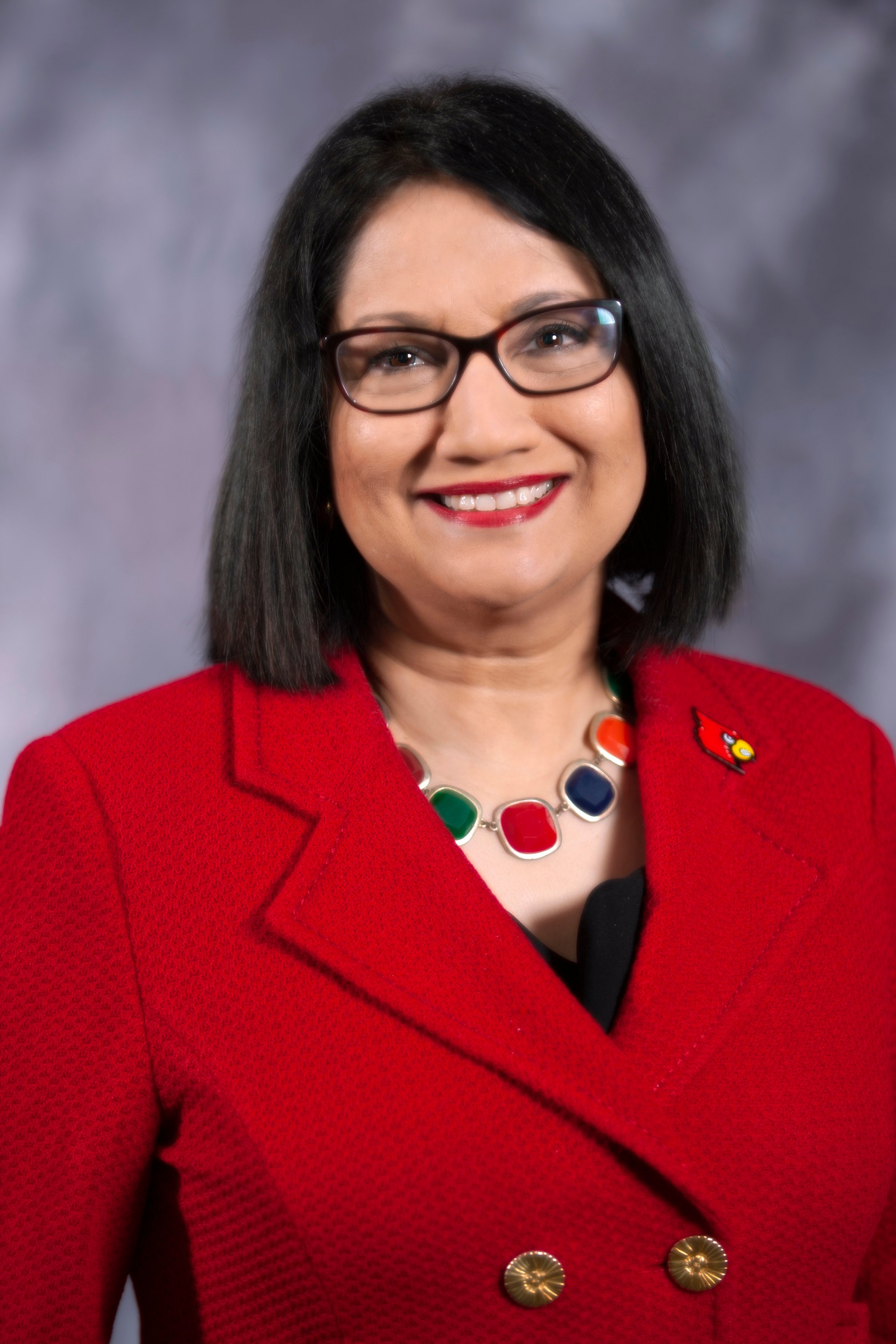 “I think it would be a travesty if we were not to look out for what comes next for the student,” said Neeli Bendapudi, president of the University of Louisville. “I wrestle with that question. I do think we need to say, what happens to work?”
“I think it would be a travesty if we were not to look out for what comes next for the student,” said Neeli Bendapudi, president of the University of Louisville. “I wrestle with that question. I do think we need to say, what happens to work?”
This is particularly important for students who aren’t likely to move to follow the ebbs and flows of the global economy -- either because they can’t or because they don’t want to leave home and their families. College presidents need to recognize that students must have pathways to employment, Santiago said.
“For many Latinos, at least, we tend to go to college and graduate where we live, and that’s where we want to stay,” she says. “So showing value as an institution by more overtly linking the employers to the institution and the students to employment is a powerful opportunity that’s in reach.”
Some suggest that centering on community can help with the burden of leadership, as well.
“We have to anchor our mental health as college presidents in the larger understanding of what the principles are that anchor our work without COVID,” Eddinger said.








